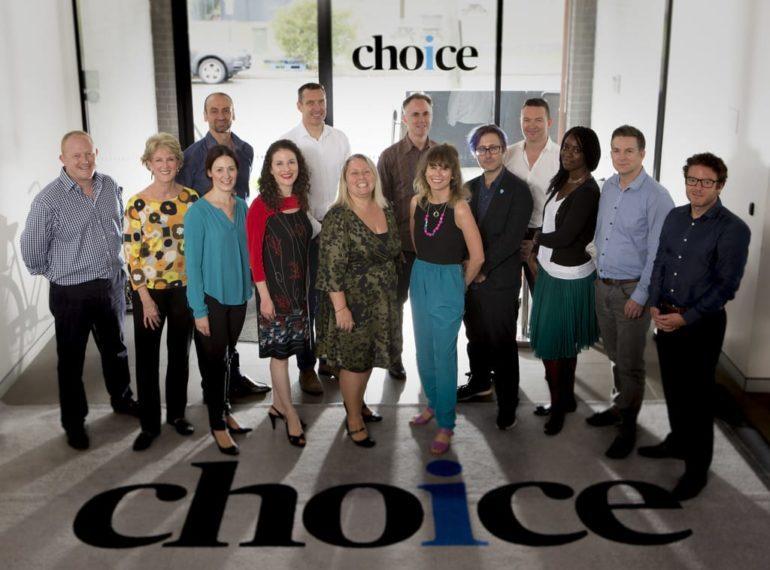How to Become a Best Place to Work

Great workplaces are where great people want to work. It’s that simple.
It’s easy to think that becoming a ‘great workplace’ is only in the realm of big business. But in fact SME’s can often do ‘great’ better and on smaller budgets. Why? Because they are still at the stage where they’re changing things up, trying something new and communicating the plans doesn’t require change management and internal comms teams.
Here at Redii we are fascinated by what it takes to become a great place to work. So we read everything we can get our hands on, from studies and science to real life example of companies doing great things.
Here are our top tips for building a great workplace:
1. Get yourself a copy of the ‘Best Place to Work’.
This is the absolute bible on this stuff. Ron Friedman is our hero for writing such an accessible and thought provoking book. Some books on the workplace are just so dry. This is not. Get yourself a copy. You won’t regret it.
2. Focus in Culture
Companies don’t land on the great workplaces list just because of the awesome perks they offer employees, although that often plays a role. What sets award-winning companies apart is that they have strong corporate cultures that employees believe in. To gauge your culture, talk to every employee you can and get their feedback on the values, feel, and mission of the organisation. Employees who are enthusiastic about a culture are more likely to be more positive and vocal about the company.
3. Think about your space
Workplace design has become an important tool for attracting and retaining top talent. Studies show that employees use the quality of an office environment to draw inferences about the competence of an organisation’s leaders. When a workplace is well designed, employee’s confidence in their management team lifts, as does their willingness to stay on in the years to come. (Ron Friedman).
4. Goals and Recognition
The ability of any company to make its growth and profit targets depends on whether its employees can achieve their individual performance goals. Gallup’s workplace research has shown that companies have a better chance of achieving their goals if they set clear individual targets, provide financial incentives for reaching those targets, and recognise employees who meet their targets. (Gallup)
5. Get Redii’s Great Workplace Daily Tip Email
Ok it’s a plug but honestly we read all this stuff because we love it. Then we send you one short easy to digest tip every day. Whether it’s workspaces, getting fit at work, the science behind recognition or what Google are doing. We are covering it. Simply sign up here.


